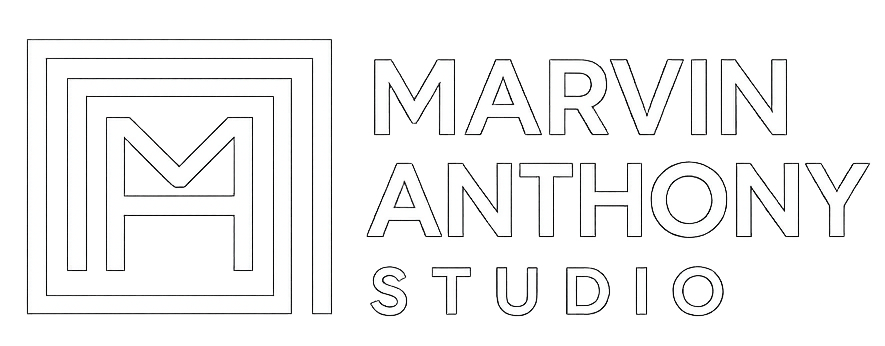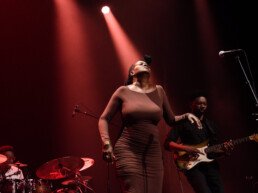Okay, okay, let’s get real here for a minute. You know what I mean? You’re browsing your phone, maybe after some festival, or just checking out what’s out there and honest to God, every music photo starts to look… the same? Like, you’ve seen the same photo a million times. It’s not you. Even when the photos are, like, technically fine, they all just end up this one big, dull stew of “meh.”
And here’s the kicker if you’re the one taking those photos, or you’re a band paying for them, that’s a problem. A big one. Because if your pictures look like everyone else’s, how the hell is anyone supposed to notice you? You’re just… more noise.
Seriously, Why Does Everything Look the Damn Same?
Get in any photo pit. Go ahead. You’ll see. The same super wide angles from the same darn spot. The same awkward portrait poses. And oh god, the edit trends! Everyone jumps on the same Instagram filter like it’s some kind of holy grail for three months, then on to the next one.
And why? Why are we doing this? Part of it, yeah, is the industry pressure. It’s incessant. Everything’s gotta be FAST. Photographers are squeezed for crazy quick turnarounds, you’ve got that stupid “three songs, no flash” rule handcuffing people, and then clients bless ’em often just want something “safe” because safe is, well, predictable. But then, you’ve also got this thing where photo trends spread like wildfire, just like in music. So everyone ends up chasing the same look. It’s a cycle.
And what are you receiving in return? Photos that, sure, prove you were on stage. Great. But are they stopping traffic as folks scroll past? Are they stirring any sort of feeling? Are they communicating anything about what makes your band unique out of the ten thousand other bands trying to get folks’ attention? Probably not.
So, What Am I Trying To Do About It?
Look, I approached it with a fairly straightforward concept: your music images ought to be as bold and individual as your music. They need to strike people, not merely check a box.
So no, I’m not just going to walk in and shove a lens in your face. First, first things? I’ve got to get your music. I mean, get it. What are you? What’s the vibe? What’s the story that you’re telling? Because if I get that, then I can start thinking about pictures that are about who you are, not what you look like with a guitar in your hand.
And I don’t have to be worrying about what’s in this week. My style? That’s derived from making actual choices in terms of how I compose a shot, how I interact with light (or, you know, not interact with it!), how I postprocess it afterwards, all in the service of communicating what we want to communicate. The mission isn’t creating pictures that scream “that’s one of my pictures!” It’s creating pictures that scream, “that’s them! That’s the band!”
And this is the doozy for me: I’m always looking for those in-between moments. The off-guard moments. The real connections. Those sparks that flash when nobody’s “on.” That’s where the gold is, man. A heck of a lot more than in some technically proficient shot that’s absent of heart.
Why Should You Even Care About This Stuff?
Listen, your followers, all of them, they are bombarded with images online. Hundreds a day. If your images are going to have some thought, some heart in them, if they reveal some truth about you? They will get through. People will not scroll. They’ll remember.
And on top of that, when your visuals match your music, with your story, it just resonates with people on another level. People aren’t stupid; they can smell out BS from a mile away. When the visuals are genuine, it just provides that bond with your fans that little bit more.
This isn’t about pretty photos for your Instagram feed. This is about getting rid of a visual identity that’s 100% you. In a world where everybody’s doing so much to sound different, why on planet earth would you want to look the same?
The Real Deal Is Collaborating
When I’m working with bands, with artists, with their whole team, even, what I’m enthusiastic about is making it an actual collaboration. I want to understand what you need your pictures to say. What do you need to do? What is the message? Because the good stuff, the great stuff, happens when it’s not merely me taking your picture; it’s when we’re creating something together.
Every musician I work with gets something unique. Your music doesn’t come off the assembly line, so why should your photographs? If you’re more of a folk singer-songwriter type with an acoustic guitar or all-out metal band trying to blow the roof at the end of the day, the intention is always the same: take pictures that, in some way, just feel, totally, completely you.

